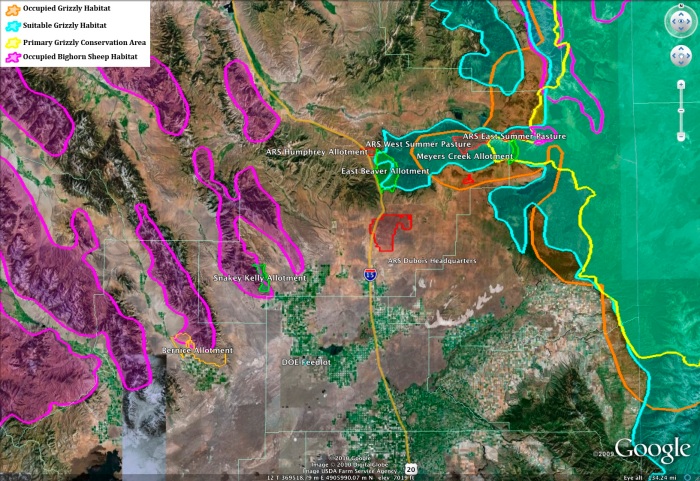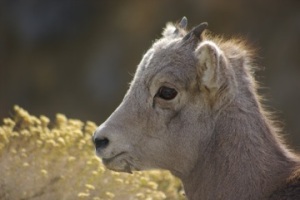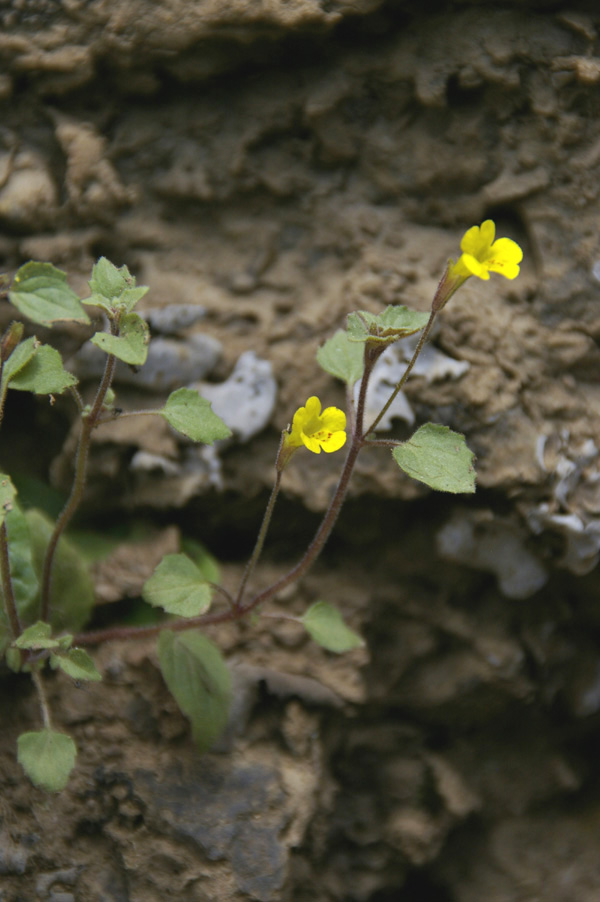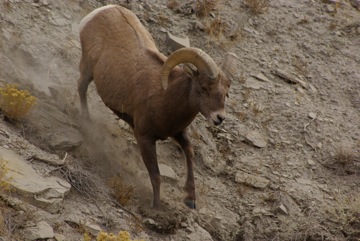Anti-Wolfer’s Success In An End-Run Delisting of Wolves MUST Ultimately Backfire
George Wuerthner wrote this now apt essay over a year ago, published in New West last September, suggesting that should anti-wolf interests succeed in delisting wolves and fail to exercise restraint in killing wolves that it would ultimately backfire.
Wolf Restoration is a Challenge to West’s Old Guard – George Wuerthner – NewWest.net
Demographically the country is changing to a more diverse racial, religious and age structure. The majority of Americans who do not hunt only accept hunting if they believe the hunter is killing an animal to eat it. Public support for hunting declines rapidly if hunters kill animals for trophy mounts. When it comes to shooting an animal just to kill it as would be the case for hunters shooting wolves—and/or worse as a matter of vindication as in predator control, public support turns to public opposition.
Similarly, without the ESA ‘hook’ extending legal protection for wolves, some of the last, best remaining legal angles to protect wolves will be in preventing conflict with livestock on public lands that is ultimately responsible for government trapping and slaughter of entire packs of wolves.
Increased public scrutiny over public lands ranching at the land-use level – demanding that ranchers implement preventative measures as a condition of permit to use public lands to graze cattle and sheep is one tangible avenue wolf-advocates might pursue to accomplish wolf protections.
One thing is for sure – if wolves are to persist on the landscape in the ecologically relevant numbers that advocates have been promoting for years, outrage over the wanton slaughter of wolves must be felt by those responsible.











































 Benjamin Tuggle, Southwest regional director of U.S. Fish & Wildlife Service (FWS) has published an Op-Ed in the Arizona Republic:
Benjamin Tuggle, Southwest regional director of U.S. Fish & Wildlife Service (FWS) has published an Op-Ed in the Arizona Republic: 
